BRWN Collective Creates Space for Women of Color in Austin Design Industry
The women saw an opportunity to incorporate diverse stories and perspectives in design
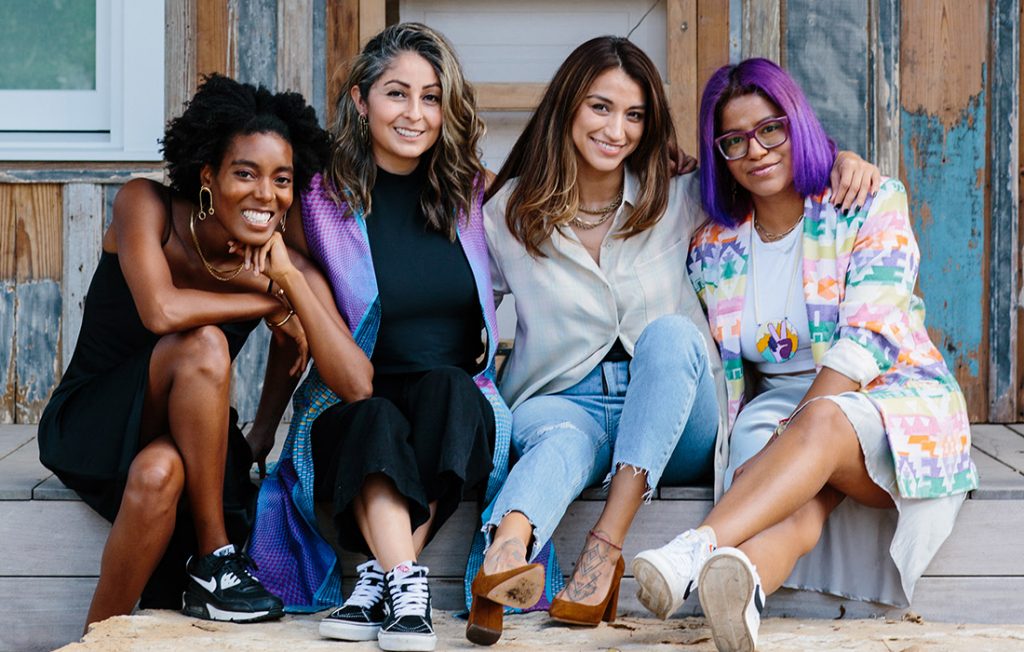
Brittney Williams and Fritzi Chavez, along with the rest of BRWN Collective’s founding members, are bound by shared principles and goals: to not only represent Black, Brown and female creatives but also open doors for their community in the design industry.
Williams is a native Black Austinite whose experiences before founding BRWN Collective left her feeling ostracized and undervalued in design. Not only was she often the only Black person presenting to clients for previous organizations, she also witnessed the perpetually untapped potential to incorporate diverse stories and perspectives at the core of major projects. At BRWN Collective, she’s created space for not only her own story and perspective, but also that of her community and clients.
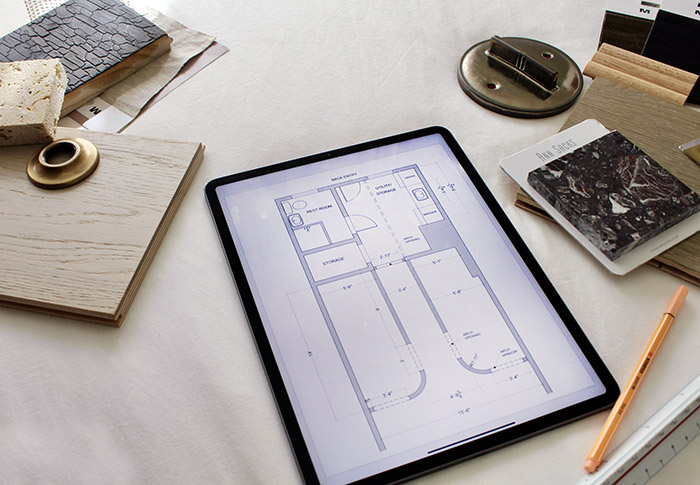 Chavez shares this mission, recalling early memories of her family’s ability to “create a safe space out of nothing.” She grew up with a resourceful single mom of five who loved to redecorate often, including a particularly memorable setup revolving around a Tuscan theme. Chavez has experience with both the creative and business sides of the industry, starting in trade showrooms as a salesperson and then working for a model home company as a receptionist and in accounting.
Chavez shares this mission, recalling early memories of her family’s ability to “create a safe space out of nothing.” She grew up with a resourceful single mom of five who loved to redecorate often, including a particularly memorable setup revolving around a Tuscan theme. Chavez has experience with both the creative and business sides of the industry, starting in trade showrooms as a salesperson and then working for a model home company as a receptionist and in accounting.
Tribeza Interiors Tour 2021: See the Homes, Meet the Designers
Williams and Chavez founded BRWN Collective with Viridiana Avila, Jasmin Romero and Alejandra Ybarra based on a mutual desire to carve out a vital niche in the industry. When they were first dreaming of starting BRWN, the team had no way of knowing they would inadvertently open their business during the onset of COVID-19’s effects.
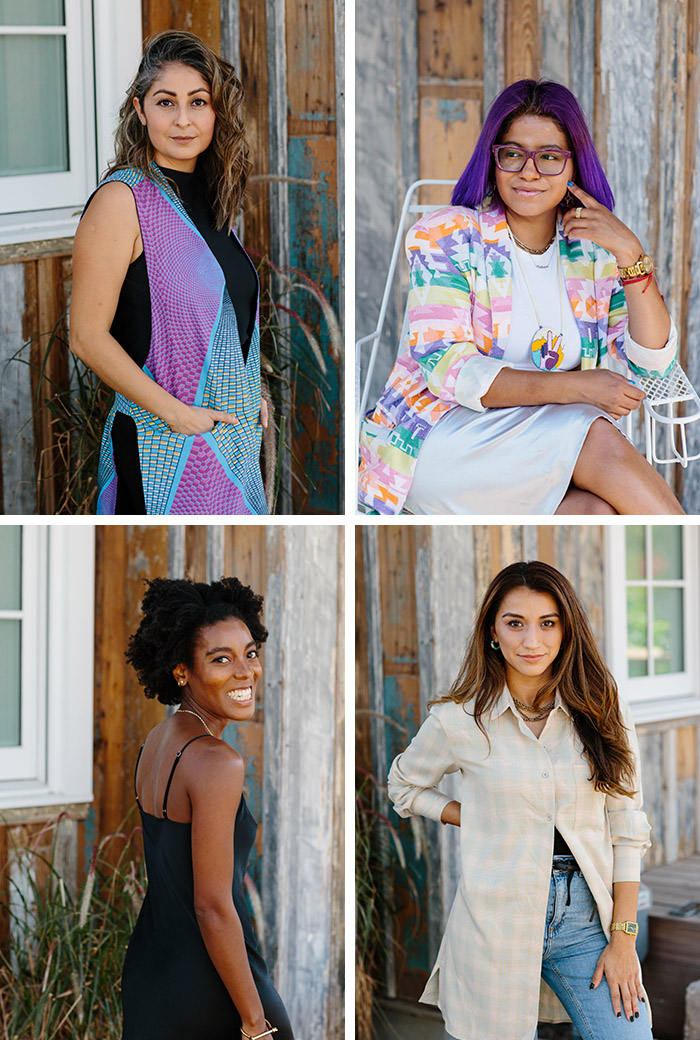
We sat down with Williams and Chavez as they reflected on their team’s intent and conviction and how they leverage those to face the challenges of the pandemic.
Regine Malibiran: How did BRWN Collective come together? What space are you trying to create or fill?
Fritzi Chavez: We realized we all had a common thread. We wanted to grow and lead design and have a bigger voice. We had the vision of creating a collective to get jobs with our community in mind and how to employ other BIPOC: contractors, makers and vendors.
RELATED: The Beauty & Benefits of Plants in Design
Brittney Williams: We’re not gatekeepers at all, but with more projects and more press, we’ve been addressing it more—who gets to tell our story? Who has access to that story? And it’s not just a conversation of cultural appropriation. It’s also about sourcing and being intentional about the origin. That’s something really important, especially here in Texas, where you see tons of Mexican restaurants where the culture is celebrated but economically, racially or systemically.
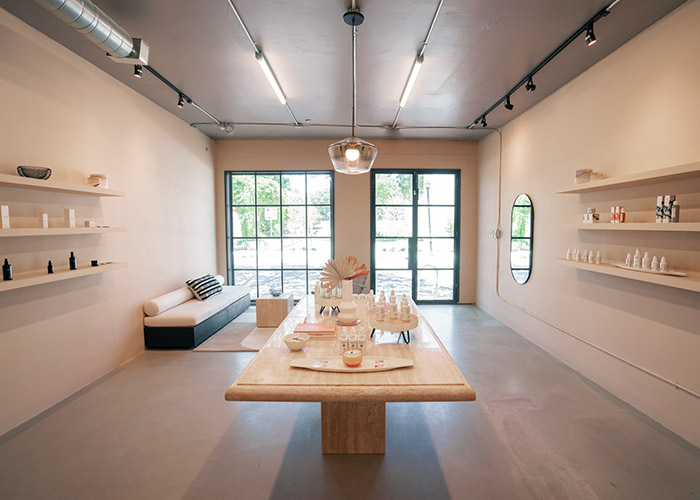
FC: One of our members, Alejandra Ybarra, is based in San Miguel de Allende, Mexico. San Miguel is known for artistry: woodcarvers, blacksmiths, glass blowing. The carpenter we work with was taught by his father, who was taught by his father. You have the option to have a piece that’s handmade by generations’ worth of knowledge or to fabricate it. Giving back to those communities and developing those relationships are more important to us than searching elsewhere.
RM: Aside from the inherent difficulty of starting a women- and minority-owned business at the onset of pandemic lockdowns, what are some challenges you’re learning to navigate?
RELATED: 9 Eye-Catching Items to Refresh Your Home
FC: We’ve had to let go of or say no to work. We don’t necessarily have that luxury, but it is very much our mission to stay true to who we are. If we don’t think something aligns, we have to bite that bullet and move past.
BW: you might feel like this business relationship might not work but it’s the project that’s going to put you on the map there’s a ton of money. We’ve had to feel people out, and you can tell by how they communicate, their eye contact and their intentions if we’re going to be seen.
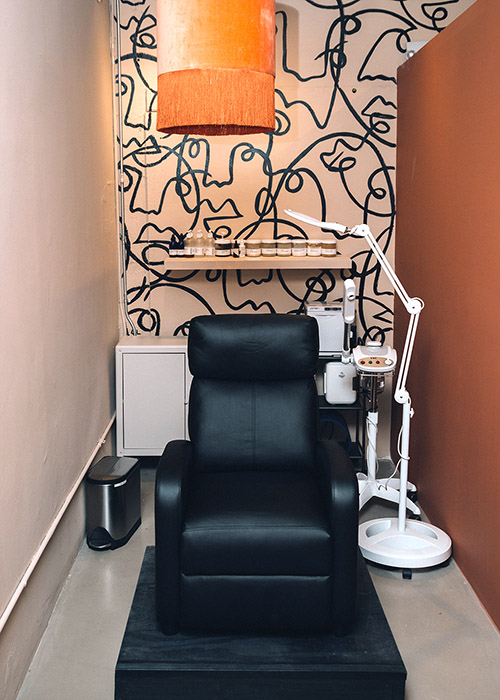 RM: How do you know if you’ll be “seen”? What do you look for in potential projects and clients?
RM: How do you know if you’ll be “seen”? What do you look for in potential projects and clients?
FC: Being excited about working with us is a big one. It seems straightforward, but they have to really see us and what our mission is and what we’re after. If that doesn’t align with their interior business politics, then you know it’s just not going to work out.
RELATED: An Eclectic Home Blends Old with New, Global with Local
RM: Your senses definitely have to be honed to navigate this space. What are some projects that your team has been excited to take on?
BW: One project in Houston is a Tokyo hip-hop record bar and restaurant—it’s inspired by a lot of things. It’s across from the Menil, called 93’ Til. It’s Asian- owned and -run, which is really exciting. There’s also one project here called the Freedman House. Willie Wells is from East Austin and made it into the baseball Hall of Fame. We had the privilege of working on one of his homes. They’re historical preservation sites, so the original footprint is still standing. It was just a treat to have a bunch of Brown girls work on a home that is owned by a Black man and was previously a freed slave’s home.

RM: This sort of alignment is what happens when you go with your gut. What advice would you give to people who are either trying to follow in this work or are currently fighting through it?
FC: Trust yourself. Trust your intuition. We’re taught to think that the end goal is to get the job. But watch out for communication breakdowns. If you’re doing what you can to convey your needs to your client and there’s still a communication barrier, that’s happening for a reason.
BW: That’s a great note. I’d add—for any designer of color—you being unique is your superpower, not your crutch. Always remember that in any space, in anything. There aren’t a lot of opportunities for us, so don’t think just because you’re not represented that your voice isn’t as important or that your talents don’t compare— because that’s just not true.
